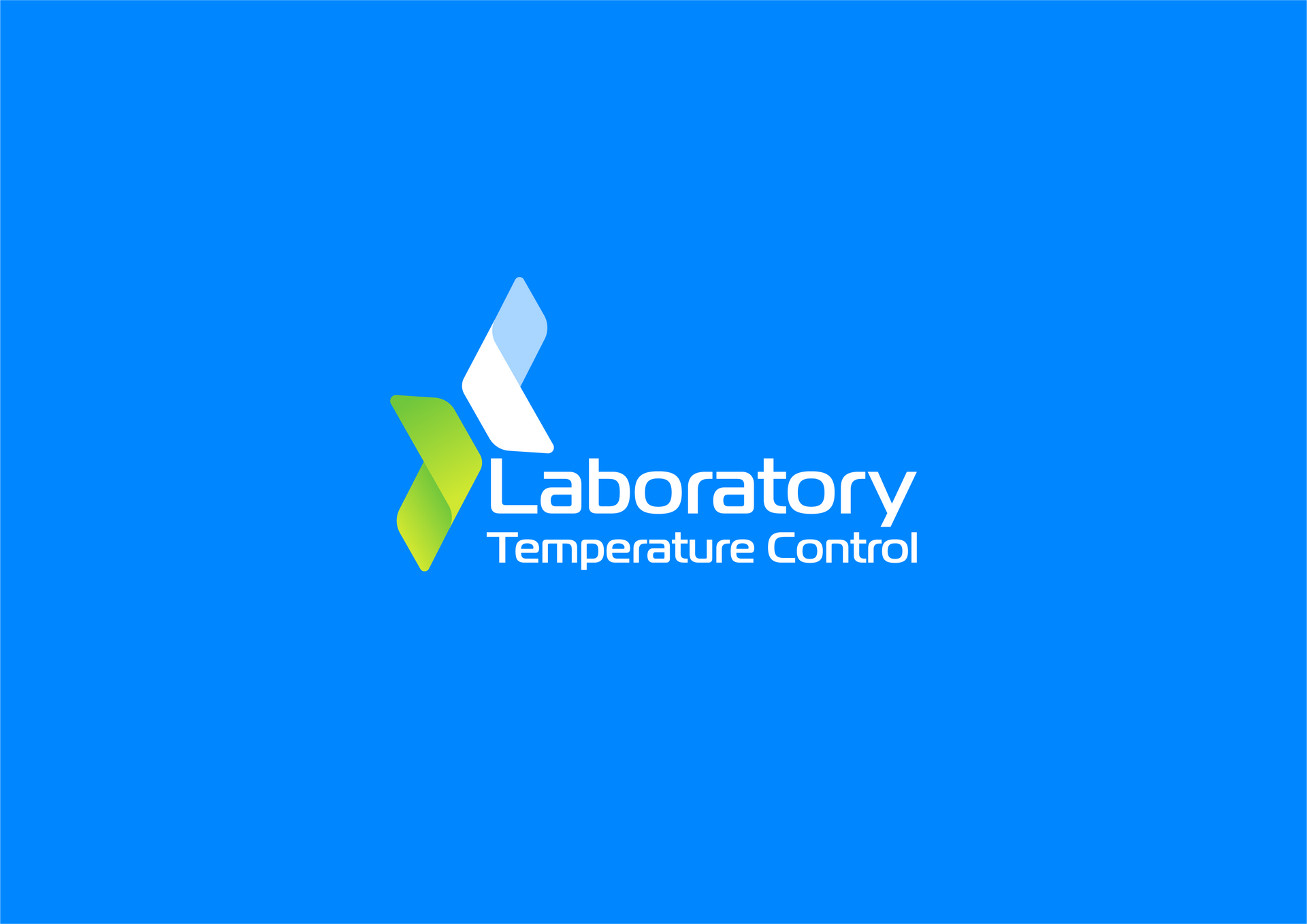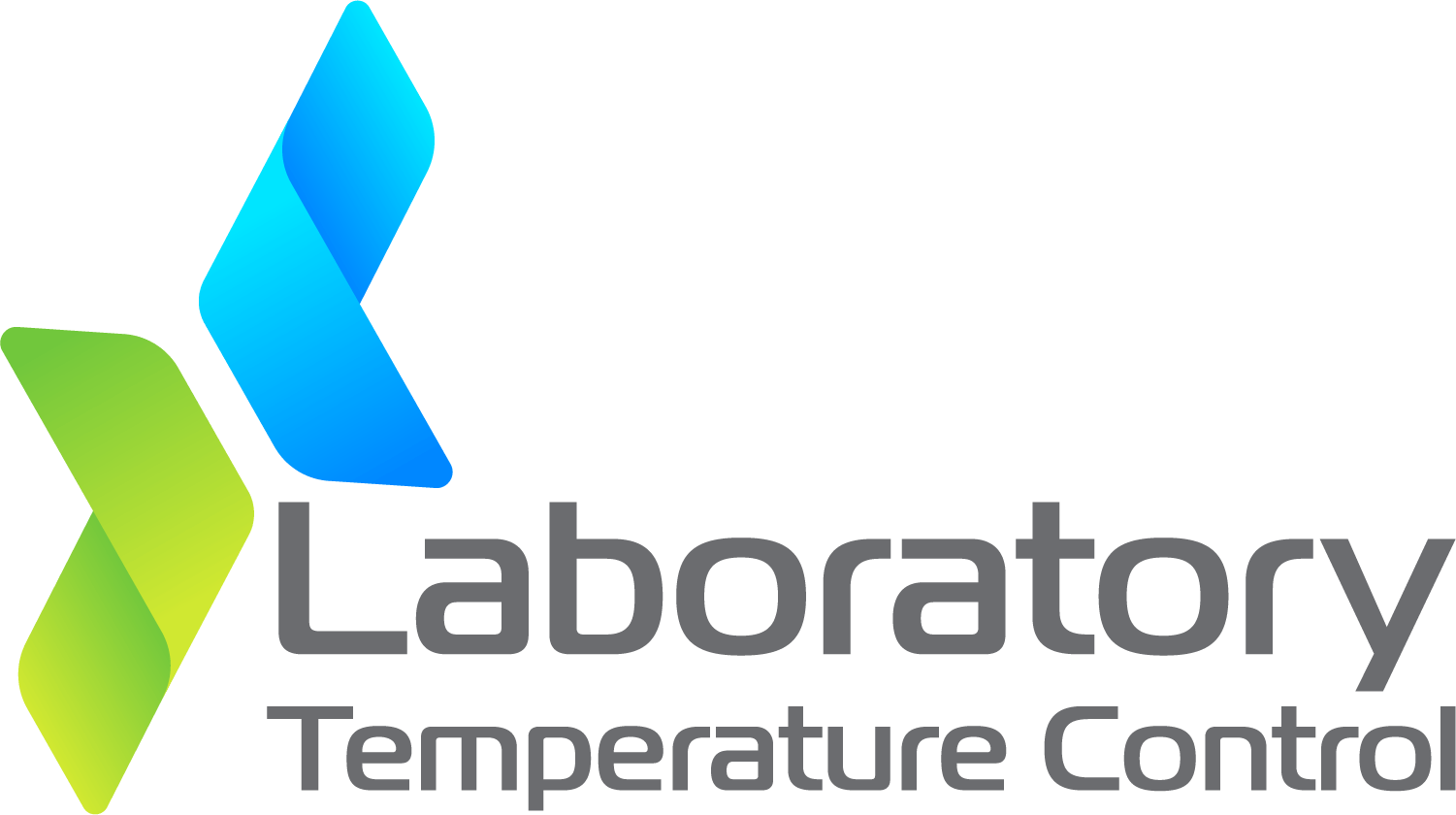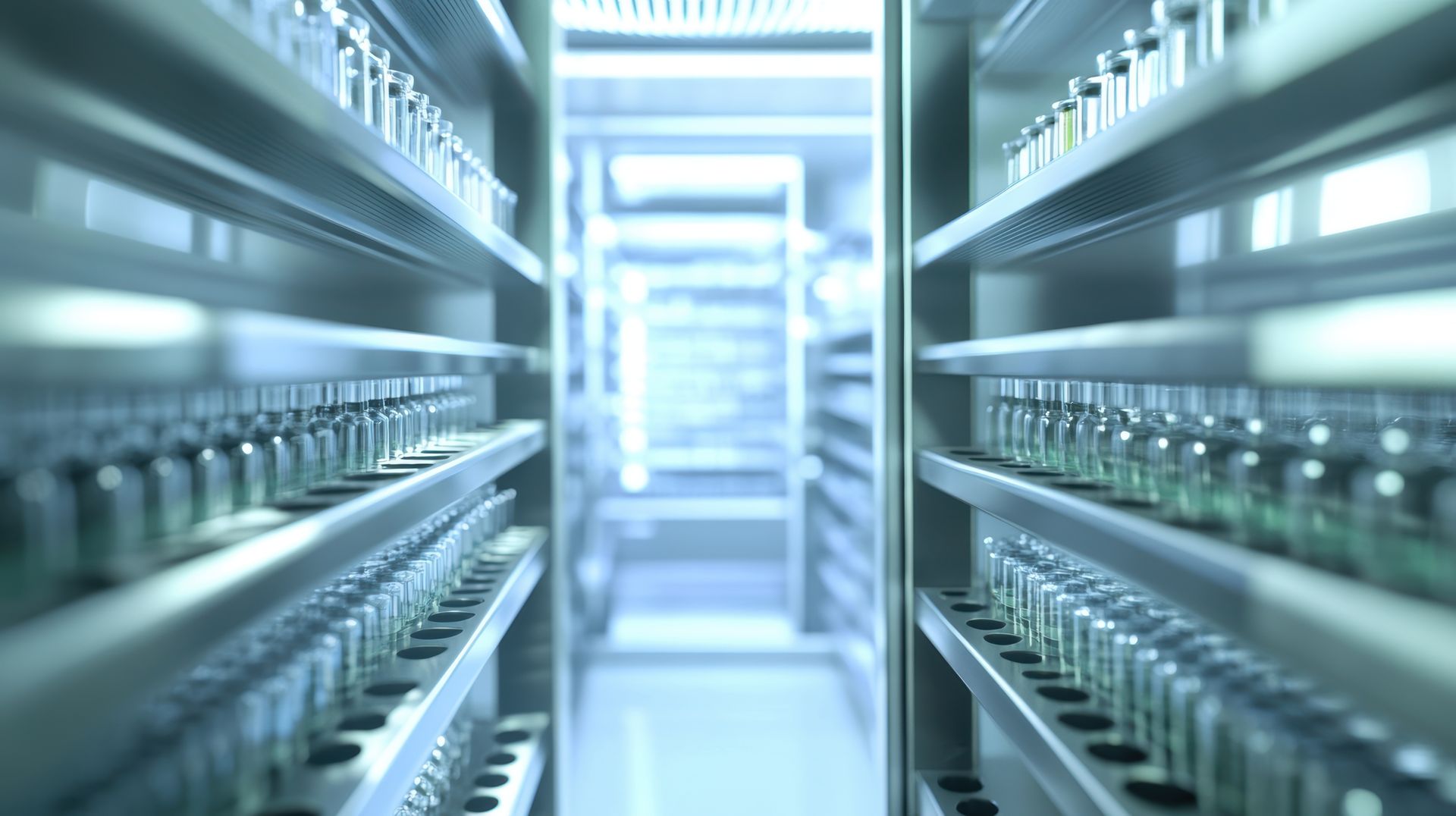Cleanroom Climate Control Explained: Maintaining Precision for Critical Environments
Introduction: Precision Begins with the Right Environment
In laboratories, pharmaceutical facilities, and advanced manufacturing plants, even the slightest variation in temperature or humidity can compromise quality, safety, or yield.
That’s why cleanroom climate control is so critical — it ensures that environmental conditions remain stable, predictable, and fully compliant with regulatory standards such as GMP and ISO 14644.
Whether you’re working in pharmaceuticals, biotech, microelectronics, or medical device production, your cleanroom’s climate system is the unseen force protecting every process and product.
In this guide, we’ll explain how cleanroom climate control works, why precision matters, and how to design a system that meets UK and international standards.
1. What Is Cleanroom Climate Control?
Cleanroom climate control refers to the integrated systems that manage temperature, humidity, and air cleanliness within a controlled space. Unlike conventional HVAC, cleanroom systems are designed to:
- Maintain strict environmental parameters.
- Prevent contamination and particle infiltration.
- Ensure pressure differentials between rooms of varying cleanliness grades.
- Provide consistent conditions 24/7 with validated performance.
- These systems are typically used in:
- Pharmaceutical manufacturing
- Biotechnology and life sciences
- Medical device assembly
- Precision engineering and microelectronics
Every detail — from airflow direction to filtration type — is engineered to maintain compliance with ISO 14644-1 standards and GMP Annex 1 requirements.
2. Why Climate Control Matters in Cleanrooms
In cleanrooms, the environment is as important as the process itself. Even the most advanced technology can’t compensate for environmental instability.
Temperature Control
Maintaining a stable temperature (usually between 18°C–22°C) prevents:
- Equipment malfunction due to thermal expansion or contraction.
- Process deviations that affect product consistency.
- Discomfort for personnel wearing protective garments.
Humidity Control
- Relative humidity (typically 40–60%) must be carefully managed to:
- Prevent static build-up in electronics manufacturing.
- Control microbial growth in pharmaceutical settings.
- Protect hygroscopic materials from moisture absorption.
Air Quality and Pressure
Controlled air exchange rates and HEPA filtration remove airborne particles and microbes, while pressure differentials between zones prevent cross-contamination.
In short: precise climate control = stable quality, safe products, and successful audits.
3. Key Components of a Cleanroom Climate Control System
Designing a cleanroom system requires balancing temperature, humidity, airflow, and filtration — all integrated through a validated control system.
A. Air Handling Units (AHUs)
The AHU is the heart of a cleanroom HVAC system. It regulates air temperature, humidity, and flow using:
- Cooling and heating coils
- Humidifiers and dehumidifiers
- High-efficiency filters (HEPA/ULPA)
- Variable speed fans for airflow control
B. Air Distribution & Zoning
Supply and return air are carefully balanced to maintain directional airflow and pressure gradients.
Laminar flow ceilings, diffusers, and low-level returns are positioned based on cleanroom classification.
C. Control and Monitoring Systems
A validated control system continuously monitors:
- Temperature and humidity levels
- Air pressure differentials
- Filter integrity
- Alarm conditions
Modern systems provide data logging, trend analysis, and audit-ready reports for MHRA and ISO inspections.
D. Filtration
HEPA (High-Efficiency Particulate Air) filters capture 99.97% of particles ≥0.3 µm.
ULPA filters offer even higher protection for Grade A/B cleanrooms.
Filter housing and sealing must be validated for integrity.
4. Regulatory Standards and Compliance in the UK
For pharmaceutical and medical cleanrooms, compliance must align with:
- MHRA (UK) – Good Manufacturing Practice (GMP)
- EU GMP Annex 1 – Manufacture of Sterile Medicinal Products
- ISO 14644 – Cleanroom Classification and Testing
- BS EN 1822 – HEPA and ULPA filter standards
- During audits, inspectors expect documentation covering:
- System qualification (DQ, IQ, OQ, PQ)
- Calibration and maintenance schedules
- Airflow visualisation and particulate testing reports
- Alarm and deviation records
A compliant cleanroom is one that’s not only well-engineered but also fully documented and validated.
5. Common Climate Control Challenges in Cleanrooms
Despite advanced systems, cleanrooms face ongoing challenges that can affect compliance and performance.
Here are the most common issues — and how to solve them:
Temperature drift due to equipment load
Impact: Product instability and compromised process consistency.
Solution: Use zoning and load-responsive HVAC controls to maintain stability.
Humidity fluctuations
Impact: Risk of microbial growth or degradation of sensitive materials.
Solution: Integrate humidifiers and dehumidifiers with real-time sensors for precise control.
Uneven airflow or pressure differences
Impact: Cross-contamination between cleanroom zones.
Solution: Perform airflow mapping and adjust balancing to maintain proper pressure gradients.
Filter degradation or leakage
Impact: Particle contamination and failed particulate tests.
Solution: Schedule regular HEPA filter integrity testing and certification.
Incomplete environmental data records
Impact: Risk of non-compliance during MHRA or ISO audits.
Solution: Use validated Building Management Systems (BMS) with secure data logging and audit trails.
Each of these factors can have serious operational and compliance consequences if not addressed. That’s why continuous monitoring and preventive maintenance are essential for long-term reliability.
6. The Role of Validation and Ongoing Monitoring
Validation ensures your cleanroom performs exactly as intended — under both normal and worst-case conditions.
Validation stages include:
IQ (Installation Qualification): Verifies installation meets specifications.
OQ (Operational Qualification): Tests performance under varying conditions.
PQ (Performance Qualification): Confirms long-term stability and reliability.
Once operational, continuous monitoring provides live data and automated alarms, ensuring any deviation is detected before it compromises production. LTC’s engineers carry out complete validation and requalification programs, ensuring ongoing GMP and ISO compliance for every facility.
7. Designing a System That Delivers Precision and Efficiency
- Modern cleanroom design must balance precision control with energy efficiency.
Laboratory Temperature Control achieves this through: - Variable speed drives for fans and pumps to reduce energy consumption.
- Energy recovery coils to recycle waste heat.
- Smart automation that adjusts air changes based on occupancy or process demand.
- Modular system design that scales with your production needs.
This approach lowers operational costs while maintaining the uncompromising accuracy that cleanrooms demand.
Conclusion: Partnering with Experts in Cleanroom Climate Control
Designing and maintaining a compliant cleanroom climate system requires technical precision, industry experience, and continuous attention to detail.
At Laboratory Temperature Control, we specialise in bespoke cleanroom HVAC systems built for regulatory excellence and operational reliability.
From concept design to commissioning, validation, and maintenance, we help laboratories and manufacturers across the UK and Western Europe achieve stable, compliant, and energy-efficient environments.
If you’re planning a cleanroom installation or upgrade, contact our expert team today to discuss your project — and discover how precision climate control can protect the integrity of every process you run.






















The Importance of Having a Breakdown and Service Contract in Place for Your Pharmaceutical Cold Room







